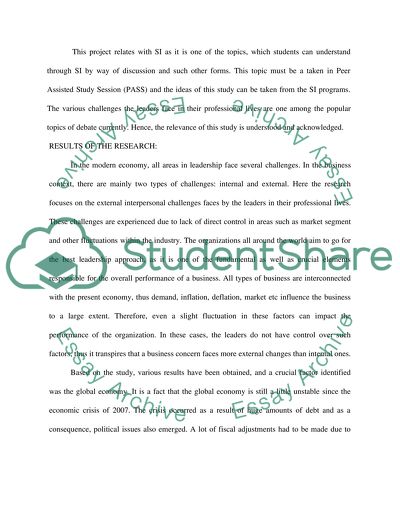Cite this document
(“A study on the interpersonal challenge that leaders face in their Research Paper”, n.d.)
Retrieved from https://studentshare.org/education/1404128-motivating-others-toward-performance
Retrieved from https://studentshare.org/education/1404128-motivating-others-toward-performance
(A Study on the Interpersonal Challenge That Leaders Face in Their Research Paper)
https://studentshare.org/education/1404128-motivating-others-toward-performance.
https://studentshare.org/education/1404128-motivating-others-toward-performance.
“A Study on the Interpersonal Challenge That Leaders Face in Their Research Paper”, n.d. https://studentshare.org/education/1404128-motivating-others-toward-performance.


